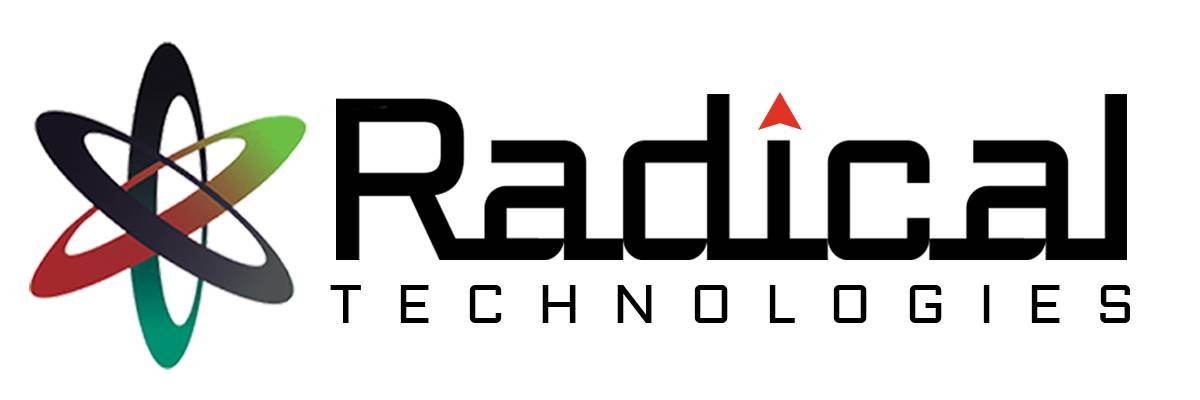- Home
- About Us
- Courses
- Combo Courses
- Programming Combo Courses
- Non Programming Combo Courses
- Linux & Cloud Combo
- Linux & DBA Combo
- AWS & Devops Combo
- Salesforce Combo
- Azure Admin Combo
- Azure Cloud & Azure Devops Combo
- Tableau Informatica Combo
- Power BI Informatica Combo
- Power BI & MSBI Combo
- Salesforce Manual Testing Combo
- Salesforce Tableau Combo
- Data Analytics Combo
- MCSA Azure Combo
- Powerplatform Combo
- ADF & Power BI Combo
- BA & Tableau Combo
- PG Diploma
- Batch Schedule
- Job Openings
- Certifications
- Gallery
- Contact Us
POWER PLATFORM FUNCTIONAL CONSULTANT

A Power Platform Functional Consultant is a professional who specializes in using and configuring Microsoft Power Platform, a suite of tools designed to enable business users to create custom applications, automate workflows, and analyze data without extensive coding or technical expertise. Obtaining relevant Microsoft certifications, such as the Microsoft Certified: Power Platform Functional Consultant Associate certification, can validate expertise in this role.
1498 Satisfied Learners
POWER PLATFORM FUNCTIONAL CONSULTANT Training in Pune/ Online
Duration of Training : 40 hrs
Batch type : Weekdays/Weekends
Mode of Training : Classroom/Online/Corporate Training
Why Radical Technologies
Configure Microsoft Dataverse
Manage a data model
– Create or modify standard, activity, or virtual tables
– Configure table ownership
– Create new tables or modify existing tables
– Determine which type of relationships to implement including 1:N and N:N
– Configure table relationship behaviors including cascading rules
– Create new relationships or modify existing relationships
– Create new columns or modify existing columns
– Create alternate keys for tables
– Configure table properties
– Configure connection roles
Configure Dataverse
– Configure Dataverse Search
– Configure auditing
– Perform data management tasks including import, export, and bulk deletion
– Configure duplicate detection settings
Configure security settings
– Create and manage business units
– Create and manage security roles
– Create and manage users and teams
– Create and manage column security
– Configure hierarchy security
– Configure Microsoft Azure Active Directory (Azure AD) group teams
– Manage sharing
– Diagnose security issues
Create apps by using Microsoft Power Apps
Create model-driven apps
– Create and configure multiple form types
– Use specialized form components
– Create and configure views
– Determine which reporting options to use including embedding Microsoft Power BI or using Fetch-based reports
– Configure site maps and compose model-driven apps
– Share a model-driven app
– Configure custom pages
– Create and configure business rules
– Configure modern commanding
Define use cases for canvas apps
– Identify when to use a canvas app
– Describe canvas app structure
– Describe form navigation, formulas, variables and collections, and error handling
– Run Microsoft Power Automate flows based on actions that occur in a canvas app
Build Microsoft Power Pages
– Configure pages, forms, and navigation
– Configure advanced power pages features
– Configure website security including web roles and page access
– Describe use cases for templates
– Implement registration options
Create and manage Process automation
Create cloud flows
– Describe types of flows, use cases, and flow components including when to use a classic workflow
– Describe common connectors, triggers, and actions
– Implement logic controls including branches, loops, conditions, error handling, and variables
– Implement dynamic content and expressions
– Test and troubleshoot flows
Create and manage business process flows
– Configure a business process flow
– Add stages, workflows, and action steps to a business process flow
– Manage the business process flow table for a business process flow
– Configure advanced logic
Create classic workflows
– Configure a workflow
– Troubleshoot workflows
– Manage workflow logs
Describe Microsoft Power Virtual Agents
Identify use cases for Power Virtual Agents
– Identify chatbot environments
– Describe chatbot skills and AI capabilities
– Identify options for security
Identify components of Power Virtual Agents
– Describe topics
– Describe entities
– Identify use cases for fallback topics
Import and visualize data by using dataflows and Power BI
Consume Power BI in Microsoft Power Platform
– Add Power BI tiles to model-driven apps and canvas apps
– Add canvas apps to a Power BI dashboard
– Trigger Power Automate flows from Power BI alerts
– Use Power BI in Power Pages
Create and use dataflows
– Import data to Dataverse using Power Query
– Schedule dataflow runs
– Describe Power Fx
Define an environment strategy
Participate in Application Lifecycle Management (ALM)
– Describe use cases for App Checker and Solution Checker
– Create and manage solutions
– Describe the difference between managed and unmanaged solutions
Describe interoperability with other services
– Add apps to Microsoft Teams
– Create Teams channels
– Identify when to use the on-premises data Gateway
Learn Dynamics 365 Marketing Functional Consultant – Course in Pune with Training, Certification & Guaranteed Job Placement Assistance!
Online Batches Available for the Areas
Ambegaon Budruk | Aundh | Baner | Bavdhan Khurd | Bavdhan Budruk | Balewadi | Shivajinagar | Bibvewadi | Bhugaon | Bhukum | Dhankawadi | Dhanori | Dhayari | Erandwane | Fursungi | Ghorpadi | Hadapsar | Hingne Khurd | Karve Nagar | Kalas | Katraj | Khadki | Kharadi | Kondhwa | Koregaon Park | Kothrud | Lohagaon | Manjri | Markal | Mohammed Wadi | Mundhwa | Nanded | Parvati (Parvati Hill) | Panmala | Pashan | Pirangut | Shivane | Sus | Undri | Vishrantwadi | Vitthalwadi | Vadgaon Khurd | Vadgaon Budruk | Vadgaon Sheri | Wagholi | Wanwadi | Warje | Yerwada | Akurdi | Bhosari | Chakan | Charholi Budruk | Chikhli | Chimbali | Chinchwad | Dapodi | Dehu Road | Dighi | Dudulgaon | Hinjawadi | Kalewadi | Kasarwadi | Maan | Moshi | Phugewadi | Pimple Gurav | Pimple Nilakh | Pimple Saudagar | Pimpri | Ravet | Rahatani | Sangvi | Talawade | Tathawade | Thergaon | Wakad


